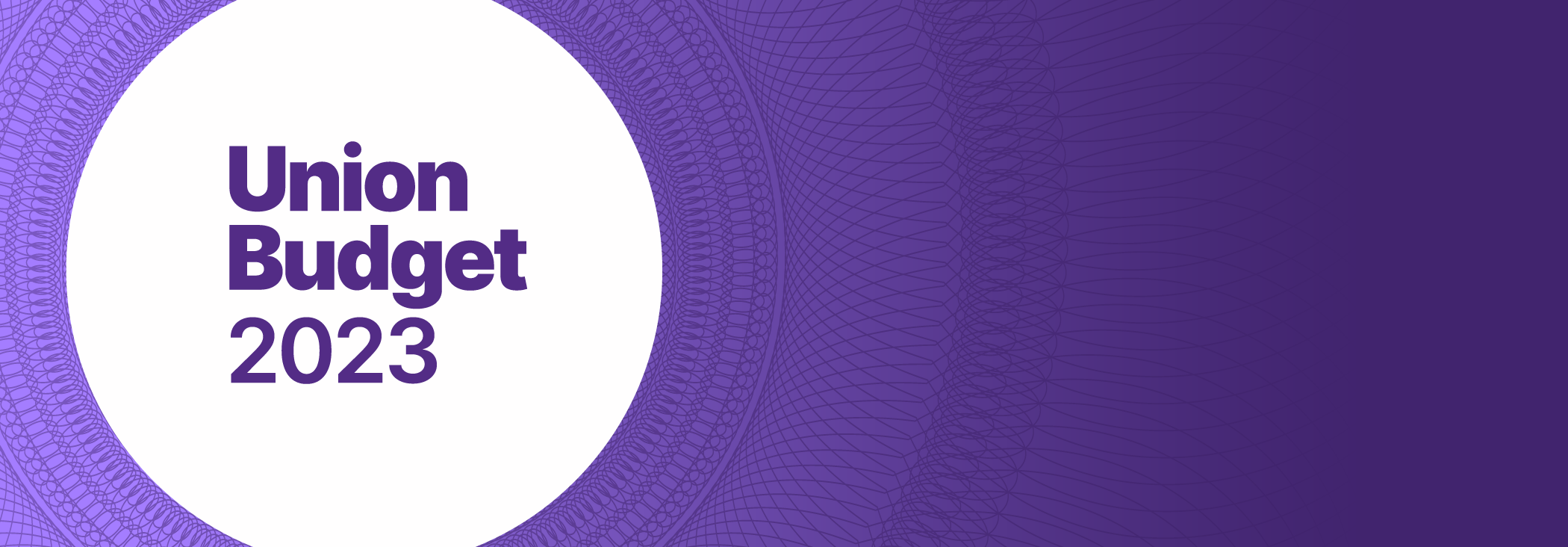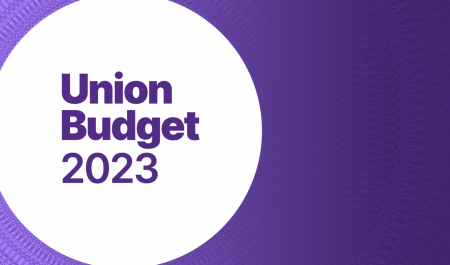Credit Flow refers to the money one gets through loans from a bank or an institute where they need to pay it back. From an economy’s point of view, credit flow becomes extremely necessary for growth and expansion.
This happens because credit flow allows consumers to create demand, allows businesses to meet these demands and leads to job generation all of which supports the economy’s health and growth.
But credit flow needs to be controlled and RBI does the job.
- Why does RBI control the credit flow?
RBI uses credit control to make sure that the country’s economic development takes place in a sustainable manner. The goal is maintain an acceptable level of liquidity in the market so that it doesn’t cause inflationary pressures. It also aims to achieve stability in the country’s currency rate and money market.
- How does RBI regulate the credit flow?
In India, the main source of credit are the banks but RBI controls the demand and supply of money as well as the flow of credit in the economy. It does so by controlling the amount of credit created by these commercial banks and there are many methods of achieving that.
- It may increase the bank rate which is what commercial banks have to pay for loans from RBI. This indirectly increases their interest rates.
- RBI could purchase from or sell securities to commercial banks leading to the availability of more or less cash reserves for the bank.
- RBI is also empowered to dictate the amount of cash reserves banks are supposed to have for so and so amount of credit and can change it accordingly.
And there are still more methods RBI uses to control the credit flow!
- How do Repo and Reverse Repo rates affect it?
Repo rate and reverse repo rate are two sides of the same tool used by the RBI to regulate cash flow in the economy.
Repo rate is the interest rate that commercial banks have to pay when they borrow money from RBI. During inflation, RBI increases the repo rate. This discourages banks from borrowing money, which leads to less money with the bank for consumers which means a reduced cash flow in the economy.
For example, in 2022, the liquidity in the system needed to be reduced in order to beat inflation and hence RBI increased the repo rate.
On the other hand, reverse repo rate is the interest rate which RBI pays when it borrows money from commercial banks. RBI may also increase this rate during inflation as it encourages banks to make deposits in the central bank and reduce the amount of credit available for consumers.
- Strong Credit Flow = Healthy Economy
Credit Flow is managed by two heroes - RBI and the government. We’ve seen how RBI does it.
But the government too can use special schemes, incentives and loan waivers along with tax holidays (a temporary period during which a person or a company is allowed to pay less or no taxes) to increase credit flow.
The main aim is to maintain a high credit flow in the economy which is why it is also a big focus point in the budget.
And that’s the wrap on credit flow!
If you like such content and want to learn more about the Union Budget in a simple and easy to understand language, just follow Upstox!


